Features of Modern Tourism
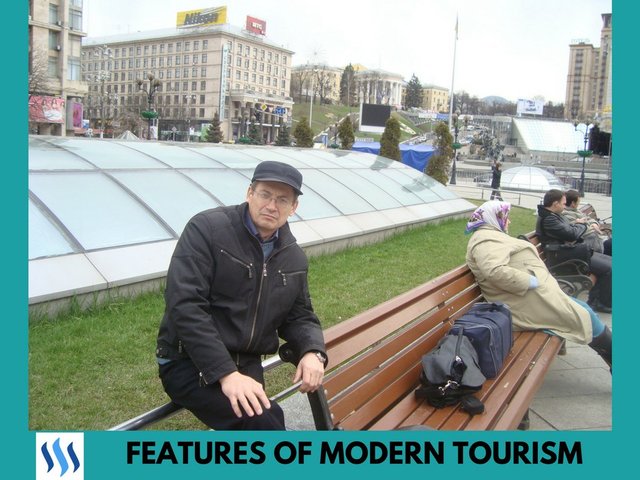
For most people these days the word ‘tourist’ does not have particularly glamorous connotations. In travel nomenclature, it often means a less-than-prime standard: when we book a tourist-class hotel, we do not really have any expectations of a complimentary fruit basket in the room or a butler or a jacuzzi in the ensuite (although, happily, there have been exceptions).
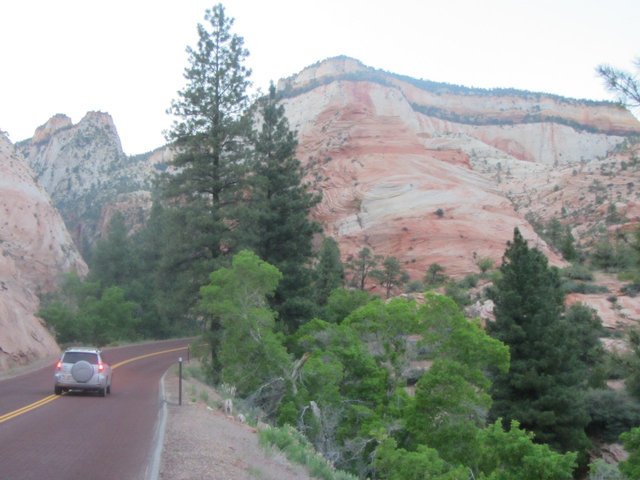
With tourism becoming accessible to almost everyone, the word ‘tourist’ has sadly become an euphemism for ‘cheap’. Thanks to affordable travel packages, the usual collective noun for ‘tourists’ has become ‘hordes’ (linguistic pedants would say the correct collective noun for tourists is ‘flock’ but that makes this group of people sound like birds; ‘flock’ is also quite condescending, so we shall just ignore it).

Hordes are often what comes to mind when we think of summer holidays in popular destinations – St Mark’s Square in Venice, is a case in point: on a busy tour package itinerary, there is almost no way to get a great shot of yourself or your loved ones in front of the stunning Basilica de San Marco without the hordes (there’s that word again!) of tourists in the background.
(Tip: get to St Mark’s Square early, at dawn, and be rewarded with the sight of the ancient piazza bathed in ethereal morning light. You’re guaranteed a fantastic photo!).
So, it would come as somewhat of a revelation when we stop for a moment and consider that the word ‘tourist’ was once associated with aristocrats and nobility – the term was first coined in late sixteenth-century Europe, to refer to the young ladies and gentlemen of the upper classes who undertook leisurely pleasure trips, often lasting a year or two, to Paris, Venice and Rome, as a culmination of their classical studies.

‘Thus was born the idea of the Grand Tour, a practice which introduced Englishmen, Germans, Scandinavians, and also Americans to the art and culture of France and Italy for the next 300 years’, notes Jean Sorabella in her thematic essay for the Metropolitan Museum of Art on ‘The Grand Tour’. (Read the complete essay here).
One of the de rigueur things on your Grand Tour ‘to do’ list was to visit the Colosseum on a moonlit night, and in the peaceful silence of the vast structure imagine the scenes of gladiatorial combat, bloodshed and slaughter that took place long centuries ago. (Turner, on his 1819 Grand Tour, painted this evocative watercolour on the Colosseum by moonlight. Apparently Turner was one of the more diligent Tourists, most of them went home with blank sketchbooks, because they spent their moonlit evenings in Rome partying instead, as young people will do).
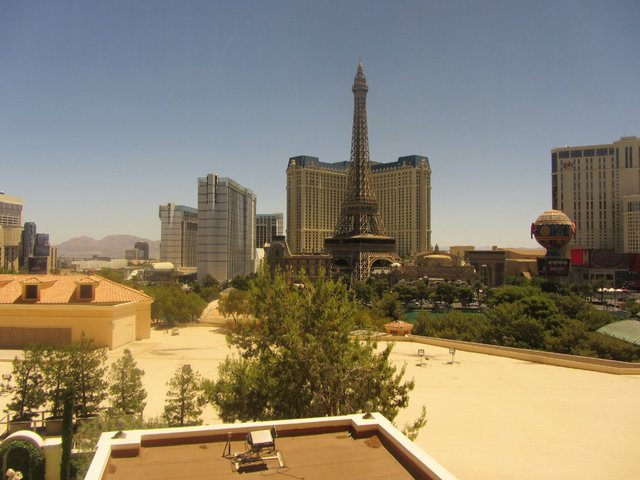
Today the Colosseum still stands, as eternal as Rome itself, but closing time for visitors, even at the height of the summer season (March to August), is 7 p.m.
Some things may have changed, and the Grand Tour just isn’t what it used to be (try applying to go on vacation for a year or two, and see what the boss has to say!) but the siren songs of travel and adventure, of discovering and learning still compel many of us to set off in search of new destinations.
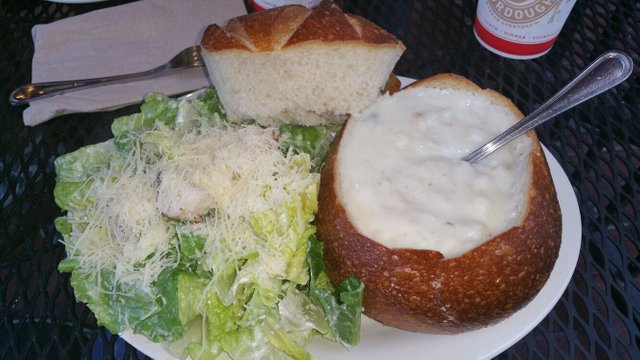
So what if our own Grand Tours these days do not involve steamer trunks, unlimited credit and ‘doing’ Europe to complete our classical educations. In some ways, we are following in the paths of those early aristocrats, but we now choose destinations further afield than what those first travellers could only dream of. We book our flights and hotels and become ‘tourists’. This term does not deserve to have the downmarket connotations it has come to be associated with. After all, what was once a great tradition, reserved for the nobility, is now, happily, accessible to every one. Everyone can be a ‘Tourist’. And that is a good thing.
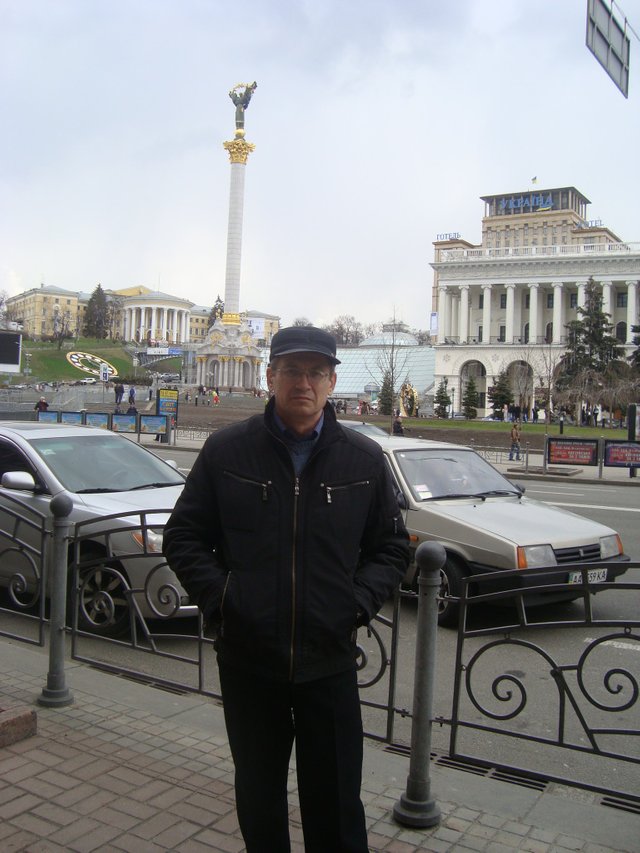
interesting